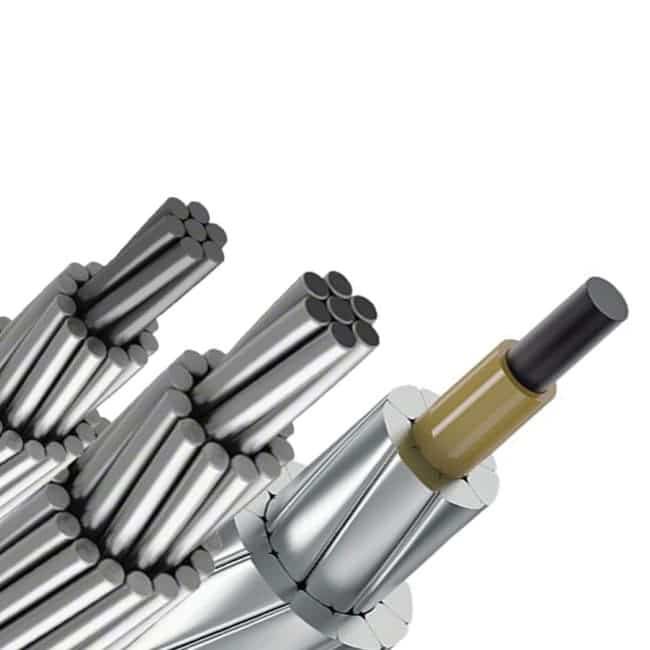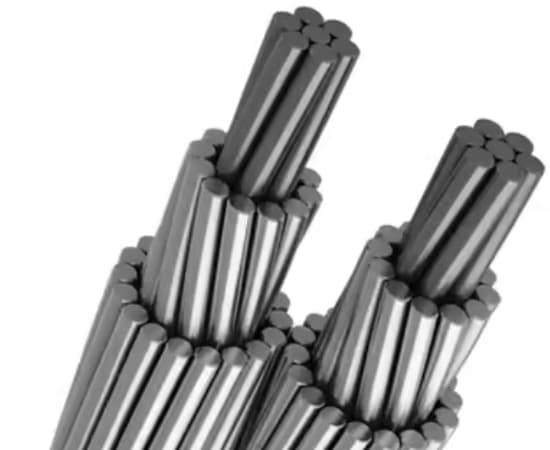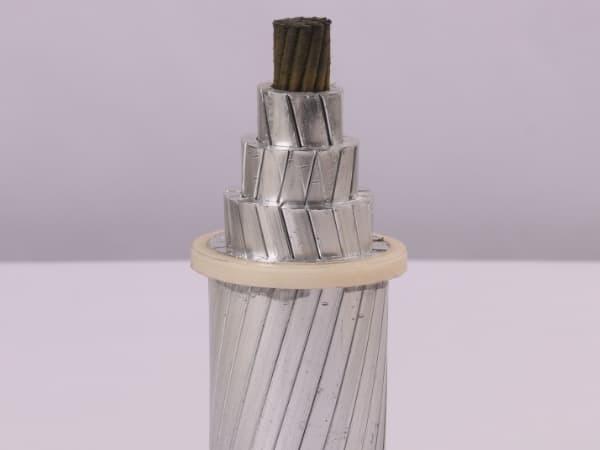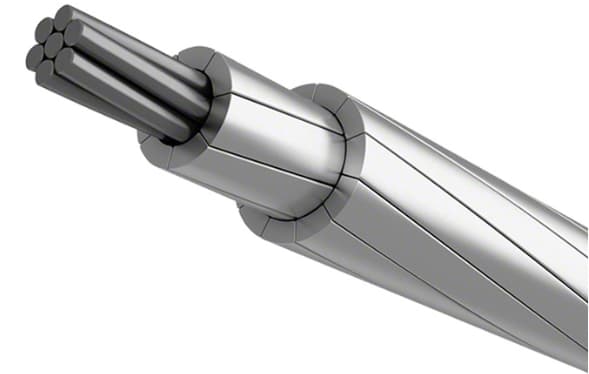
În domeniul transportului și distribuției energiei electrice, conductoarele joacă un rol crucial în asigurarea unui transfer de putere eficient și fiabil. Printre diferitele tipuri de conductori disponibile, high temperature low strain conductors (Dirijor HTLS) and aluminum steel reinforced conductors (Dirijor ACSR) are two of the most prominent options. Each type has its own characteristics, advantages and applications, so it is essential to understand the differences between them. This article delves into a comprehensive comparison of HTLS conductors and ACSR conductors, exploring their materials, design, performance, applications and economic considerations.
Introduction
Electrical conductors are the backbone of any power transmission system, transporting electricity from generation sources to consumers. As the demand for electricity grows, the need for more efficient and higher capacity transmission lines becomes increasingly important. HTLS and ACSR conductors are two technologies that have evolved to meet these challenges, offering different solutions for different scenarios.
Materials and Design
Dirijor HTLS
HTLS conductors are specifically designed to withstand higher temperatures while maintaining low sag under tension. This unique performance is achieved through the use of advanced materials and innovative design.The core of HTLS conductors is typically composed of a high-strength, heat-resistant material such as carbon fiber or a special metal alloy. This core material has the necessary mechanical strength to support the conductor under tension while also resisting thermal expansion.
The outer layer of the HTLS conductor consists of a special aluminum alloy that has been specifically designed to maintain electrical conductivity and strength even at high temperatures. This alloy is often referred to as “high temperature aluminum” or “heat resistant aluminum”. The combination of these materials allows the conductor to operate safely at temperatures well above those of conventional conductors without appreciably increasing sag or tension in the support structure.
Dirijor ACSR
ACSR conductors have been a mainstay of the transmission industry for decades. They are relatively simple in design, consisting of a central steel core and one or more layers of aluminum conductors. The steel core provides the mechanical strength needed to support the conductor, while the aluminum conducts electricity.
The aluminum used in ACSR conductors is lightweight and highly conductive, making it ideal for power transmission. Pe de altă parte, the steel core is strong and corrosion-resistant, ensuring the long-term integrity of the conductor.

Performance Characteristics
Rezistență la temperatură
The most significant difference between HTLS and ACSR conductors is their temperature resistance; HTLS conductors can operate at much higher temperatures than ACSR conductors without excessive sagging or tension. This capability is critical in areas with high ambient temperatures or where existing line capacity needs to be increased without upgrading the supporting infrastructure.
Sag and Tension
Termenul “low sag” in HTLS conductors refers to the ability of the conductor to maintain a relatively constant sag at different temperatures. As temperatures rise, conventional conductors tend to expand and sag, which increases tension on the support structure. This can lead to structural failure or the need for costly upgrades. HTLS conductors, on the other hand, are able to withstand higher temperatures without noticeable sagging or tension changes due to their advanced materials and design.
HTLS conductors are designed specifically to operate at higher temperatures without significant sag, allowing for increased transmission capacity and improved system efficiency. Termenul “low-sag” refers to the conductor’s ability to maintain a relatively stable shape and position under thermal expansion, which is particularly important in long-span transmission lines where sag can significantly impact line clearance and safety.
În contrast, ACSR conductors have a more pronounced sag and tension response to temperature changes. While these conductors are still capable of efficiently transmitting power within their design range, additional support structures or upgrades may be required to cope with increased loads or temperatures.
Electrical and Mechanical Properties
Both HTLS and ACSR conductors have excellent electrical and mechanical properties. HTLS conductors maintain electrical conductivity and strength even at high temperatures, ensuring reliable power transmission. ACSR conductors are not resistant to high temperatures but still have high electrical conductivity and mechanical strength, making them a reliable choice for a variety of applications.

Aplicații
The selection of HTLS and ACSR conductors depends primarily on the specific requirements of the transmission system.
Applications for HTLS Conductors
HTLS conductors are particularly well suited for applications where high temperatures or increased transmission capacity are required. De exemplu, in tropical or desert regions where ambient temperatures are consistently high, HTLS conductors can maintain a stable transmission capacity without the need for excessive sag or tension adjustments.
HTLS conductors can also be used to upgrade existing transmission lines to increase transmission capacity without the need for new towers or right-of-way encroachment. By replacing existing conductors with HTLS conductors, utilities can increase the transmission capacity of their lines while minimizing environmental and community impacts.
ACSR Wire Applications
ACSR conductors are the first choice for a variety of transmission and distribution applications. Their versatility and cost effectiveness make them ideal for everything from small distribution lines to large transmission grids.
The primary differences between HTLS Conductor and ACSR conductor are their design, material composition, temperature ratings, sag characteristics, and performance under heavy electrical loads.HTLS conductors offer the benefits of higher temperature tolerance, lower sag, higher power transfer capability, and lighter weight, while ACSR conductors are known for their mechanical strength, fiabilitate, and cost-effectiveness.The selection of HTLS and ACSR conductors depends on specific project requirements, including environmental conditions, power transfer needs, and budgetary considerations. The choice between HTLS and ACSR conductors depends on specific project requirements, including environmental conditions, power transmission needs, and budgetary considerations.

